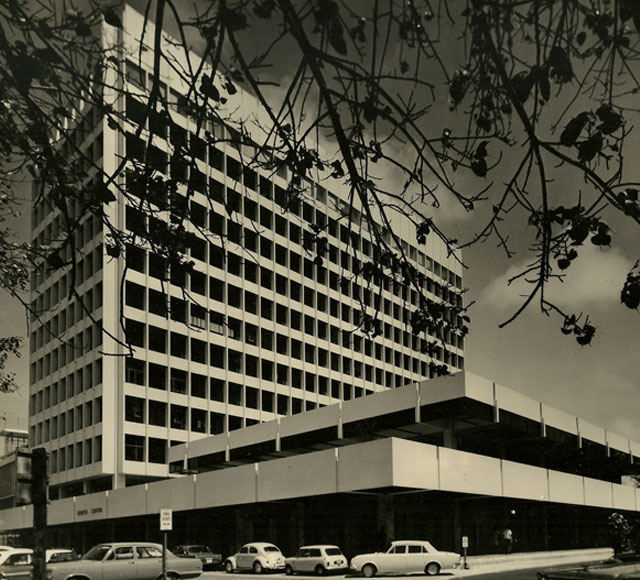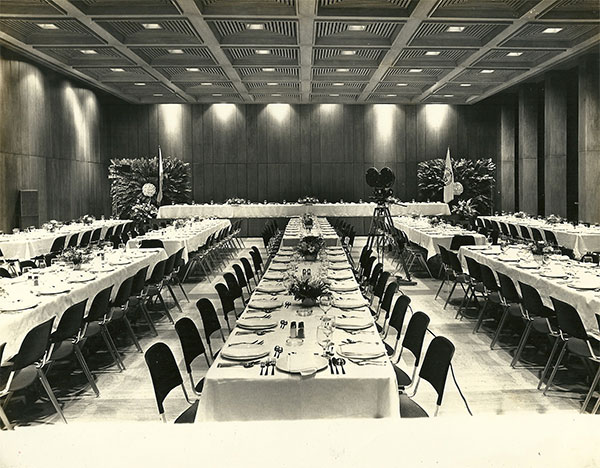philosophy
Foreword
Rapidly changing times continually bring us a wider knowledge of the factors affecting architecture. Modern architecture continues to change and grow with each new discovery, and has become a dynamic study of a subject much more alive than the architecture of the past.
Beneath the simplicity of modern design is a process of planning, designing, and coordination so complex that the modern building has ceased to be, as in the past, the work of any one master designer and builder. It has become the product of a well-coordinated group of specialists who approach the solution of the different parts and aspects on a uniform level of skill and competence.
The modern architect is no longer merely a creator of ideas; he must also be an able coordinator and executive. He coordinates the work of more than a dozen different trades and skills and, since his work is measured in terms of actual buildings, he must be as effective in execution as he should be rich in ideas.
The modern architectural office has ceased to be merely a studio. It is also a well-equipped and efficiently-operated office where technical problems of the profession are handled with competence and precision, and where the architect’s ideas are translated into actual buildings with the same measure of promptness and efficiency as in any other business office.

